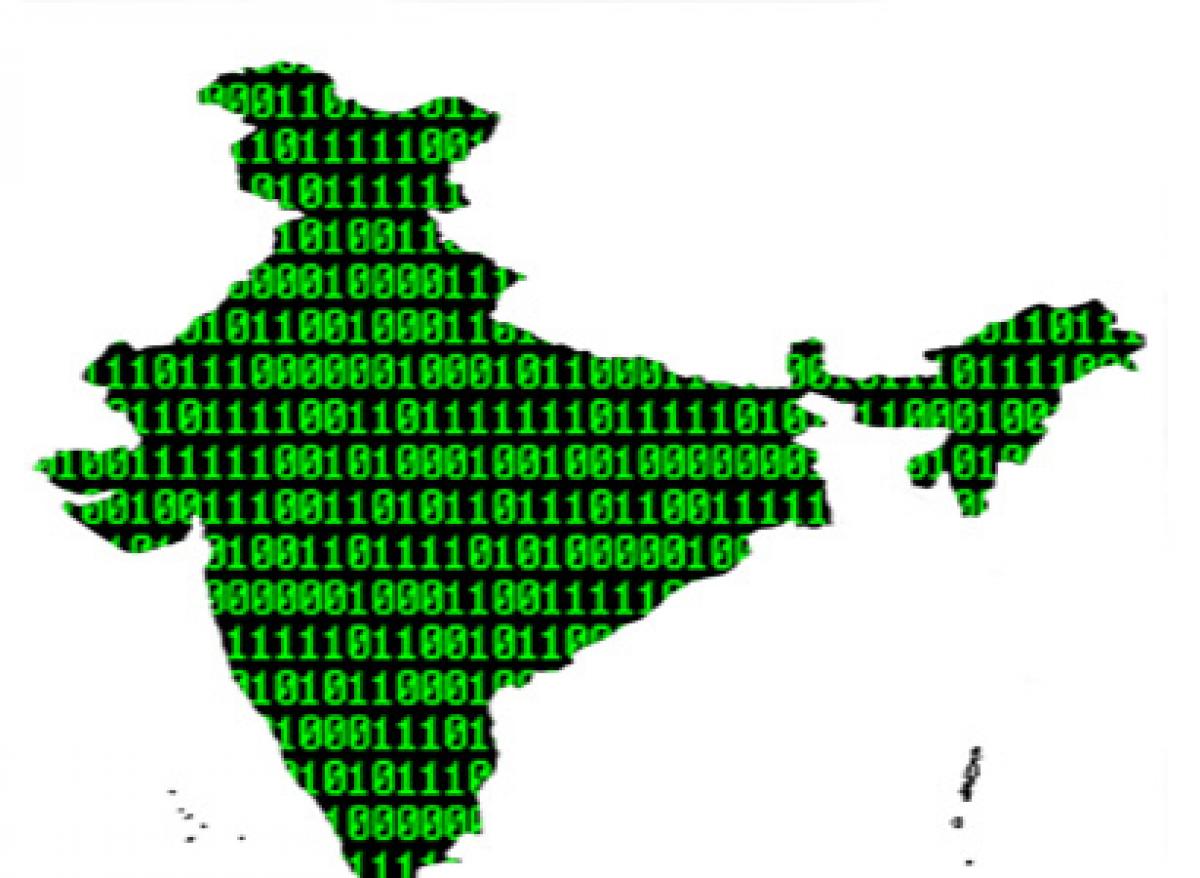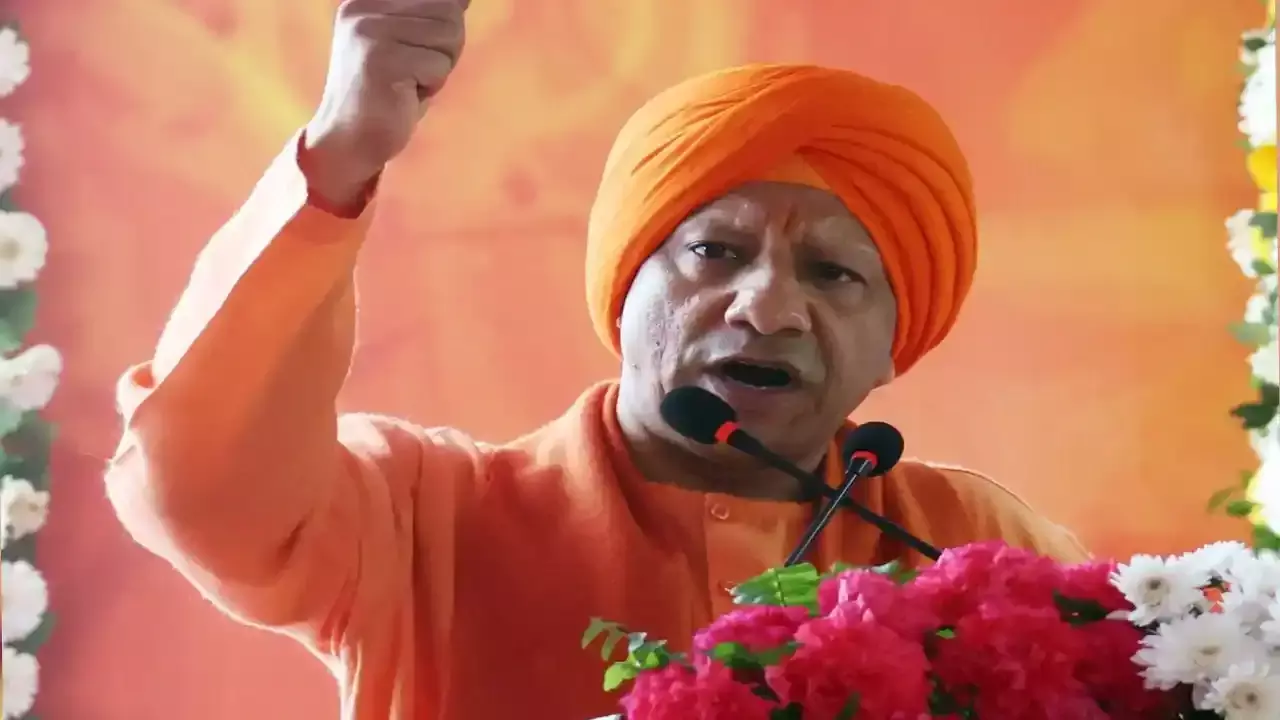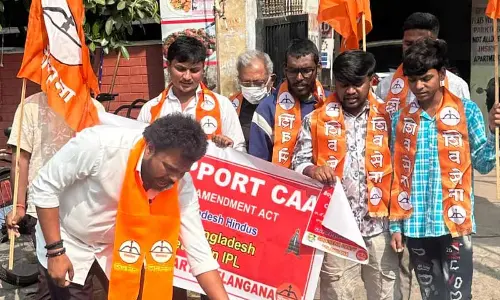Bridging the gap with data

Two things need to happen, first, a comprehensive approach must be adopted by all the government departments and agencies in providing complete set of accurate data through a data pipeline to a centralized portal. Second, data should be produced in an actionable open format for public use
Indian government generates huge volume of data, primarily because of the administrative control over more than a billion people. Bringing reform in government through technology simplifies implementation process of various government schemes and policies. Many country’s government are opening their raw data files to public through ‘Open data’ initiative for good governance. The idea that certain data can be freely available drives innovation. This can spur a multi-million dollar industry by unlocking various avenues.
In India with no proper data pipeline, there is a growing disparity in streamlining the public data. Reasons can range from inadequate equipments, technology infrastructure to departmental training and personnel education. Data must be stored in a format which can be meaningfully accessed anytime.
Platforms need to be created that replaces the traditional paper processes. Government often collects data largely using paper forms. A good example to support the statement is the ‘Intensive Household Survey’ conducted by Telangana government. Though the outcome was a hit, but the way it was conducted is hugely criticized. City life came to a halt due to filling out an intensive questionnaire through a traditional paper form. This form of storing data is unreliable, inefficient and data wastage is inevitable.
Access to information has always been considered a fundamental variable to an individual development which further adds to the long chain of country’s economic growth. Open data can be defined as ‘data that is publicly accessible and can be easily fed to a machine for much needed manipulation’. Users can further share their findings with no legal obligations. Information created at public expense should be made open for free. While data is available, but only in crude, bits and pieces spread across many portals. Not enough efforts have been made to make critical data available in simple open standard format. It is only open to small group of elite technical specialists or organisations who know how to use and interpret it. Giving data this way is certain to privilege a few and create an economic divide.
So how do we reduce the digital divide with technological reform? Two things need to happen, first, a comprehensive approach must be adopted by all the government departments and agencies in providing complete set of accurate data through a data pipeline to a centralized portal. Second, data should be produced in an actionable open format for public use.
People should have access to information about how their society operates. It is fascinating to see how data can reveal crucial corelations, causes and highlight indicators that enable strategic desicion making. Innovation usually happens where there is no right answer. Even though our government has wide ranging portfolio of offerings, yet it has not made any game changing policy in recent years. Perhaps, an approach of collective impact must be adopted instead of an isolated trial.
















